New York lawmakers have underinvested in the subway system for decades, report finds
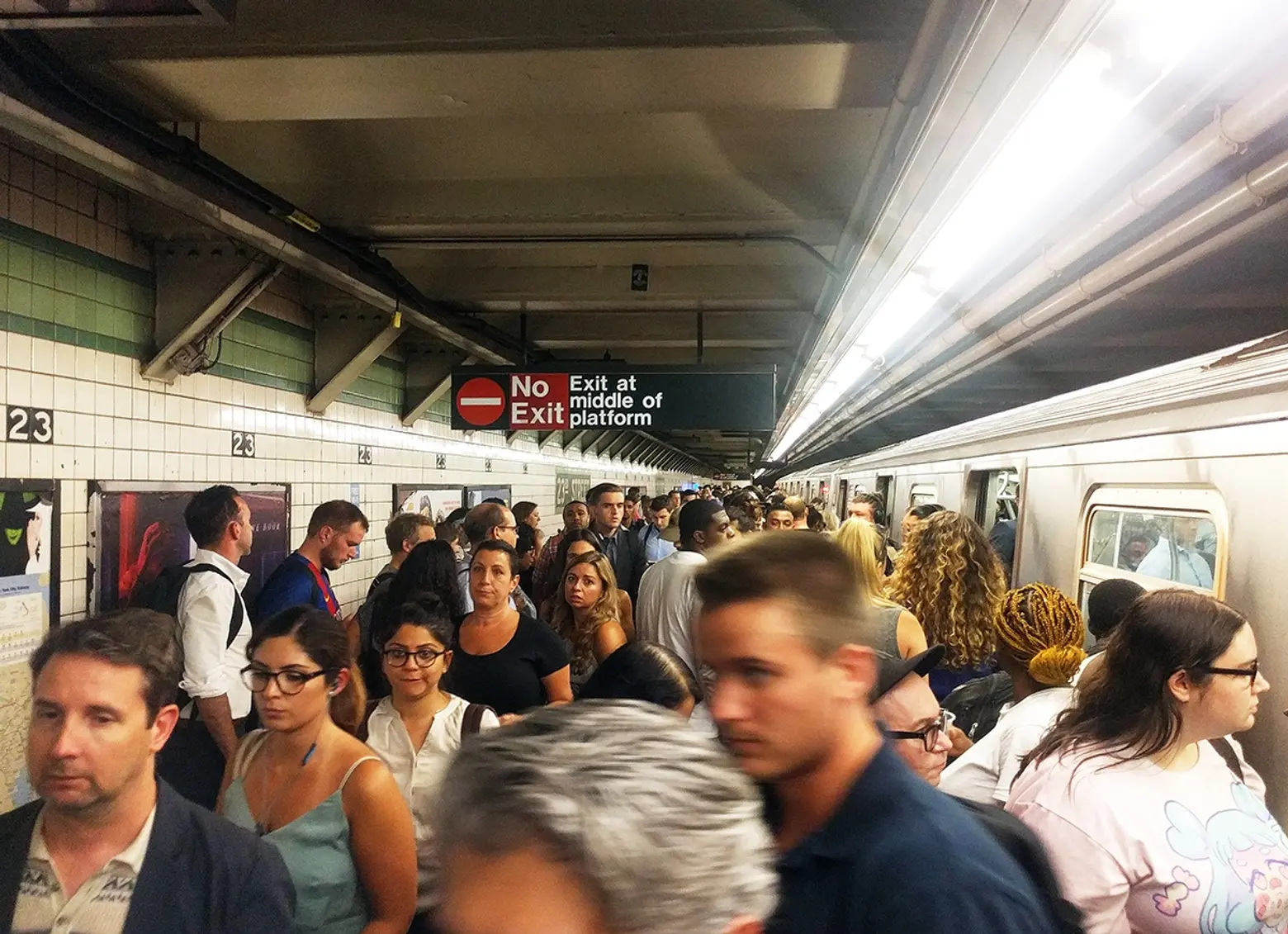
Image © 6sqft
The crumbling of New York City’s subway system didn’t happen overnight. According to an investigation by the New York Times, the system’s current problems stem from nearly three decades of underinvestment by transit officials and elected politicians, who, despite its aging signals and equipment, have actually directed funding away from much-needed repairs. Now, New York’s subway has the worst on-time performance of any major rapid transit system in the world when looking at the data of the 20 biggest systems. Only 65 percent of weekday trains reach their destinations on time, the lowest rate since the transit crisis of the 1970s.
Over the last two decades, subway ridership has steadily increased, with daily ridership doubling to 5.7 million straphangers. Despite this increase, officials have cut back on maintenance spending which then led to a decline in on-time performance. With the continued lack of investment in day-to-day upkeep, the subway’s service has suffered. The Metropolitan Transportation Authority’s budget for routine maintenance has stayed the same for about 25 years when adjusted for inflation.
John Raskin, the executive director of the Riders Alliance, told the Daily News: “This governor did not invent the idea of underinvesting in mass transit, but he’s been in charge for years and the result is a system teetering on the brink of failure.”
The subway system is operated by the state-run MTA but is owned by the city, allowing both entities to avoid taking responsibilities for its deficiencies. After Gov. Andrew Cuomo declared a state of emergency for the subway system this summer, the MTA released an action plan priced at more than $800 million, a bill designed to be split between city and state. While the state has agreed, Mayor Bill de Blasio has refused to commit more than the $2.5 billion his administration has already allocated to the MTA’s capital program.
Notably, the city’s contribution to the MTA’s routine operations has dropped by 75 percent. In 1990, the city gave the MTA, in today’s dollars, about $1 billion in operation funding. This year, the city has given about $250 million for operations.
Instead of investing in new signals or upgraded car equipment, officials have directed funds to modernize certain stations, sometimes unnecessarily. For example, after Manhattan’s Fulton Street station was damaged in the attacks on Sept. 11, the former Assembly speaker, Sheldon Silver, who stepped down after being charged for corruption, envisioned a new, very expensive subway station. Its original projected cost soared from $750 million to $1.4 billion and did nothing to improve the system’s aging tracks or signals.
Last year, Cuomo pushed the authority to spend $1 billion on outfitting the city’s bridges and tunnels with multi-colored, energy-efficient LED lighting systems. Cuomo also wanted the money to be spent on installing WiFi and phone-charging ports on buses, as well as adorning the state logo on new subway cars.
In addition to this lack of investment in routine operations, the MTA has not effectively collected data about the system’s failures. In the 1990s, investigators found the authority’s reporting to be biased, filled with illegible entries and misrepresentations. Sources told the Times that the MTA’s method of collecting data has not improved much since then.
Reports from the Independent Budget Office released earlier this year found the system’s growing delays are costing the city up to $389 million each year. The IBO also found that delays end up setting back New Yorkers nearly $1.23 million every day in lost work time, totaling about $307 million every year.
[Via NY Times]
RELATED:
Explore NYC Virtually
Leave a reply
Your email address will not be published.
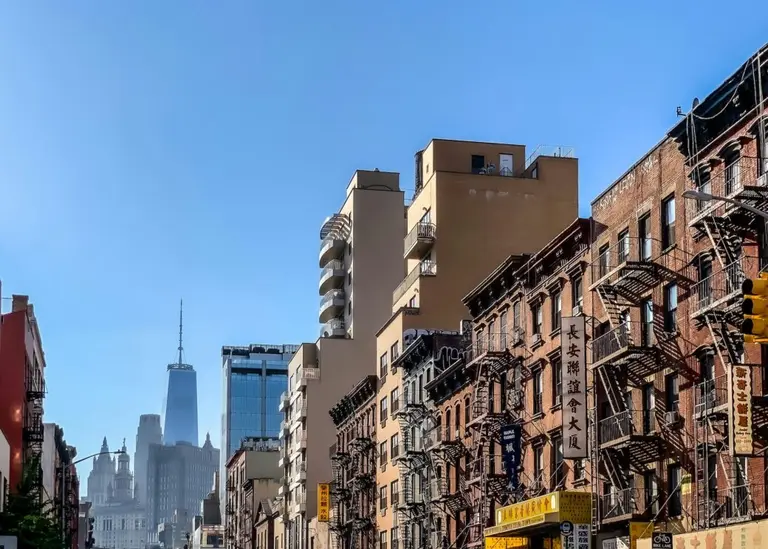

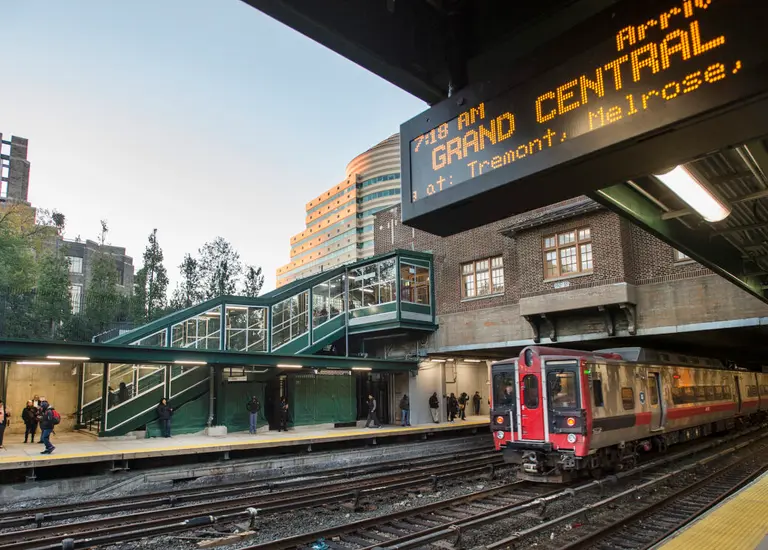
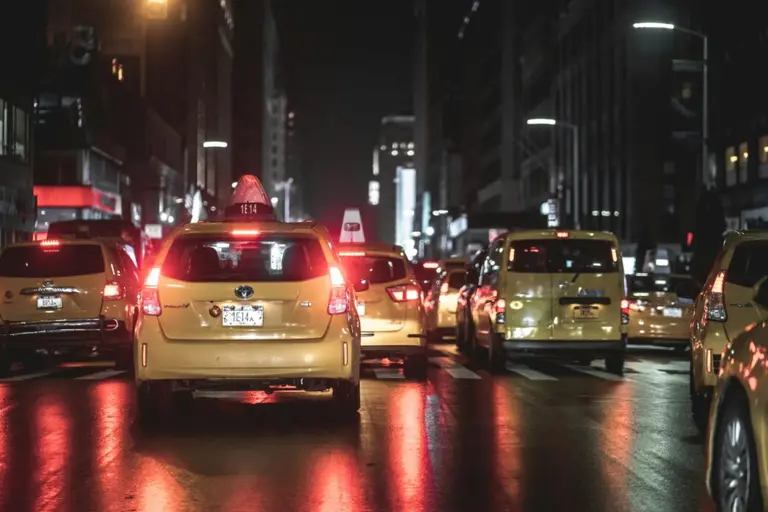

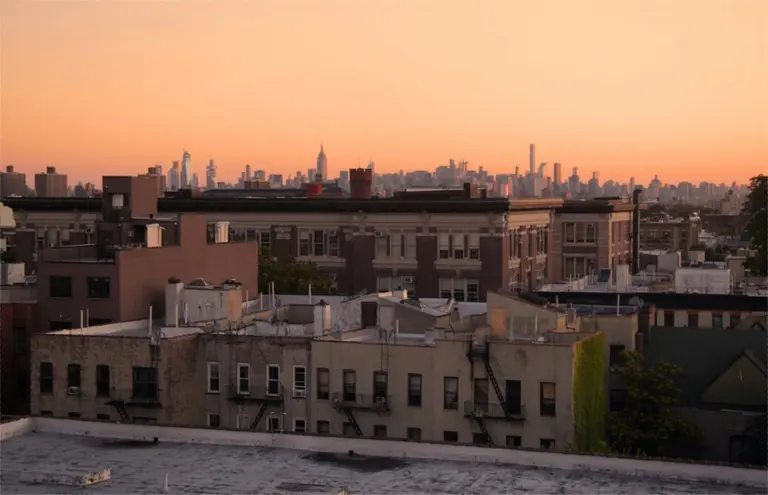





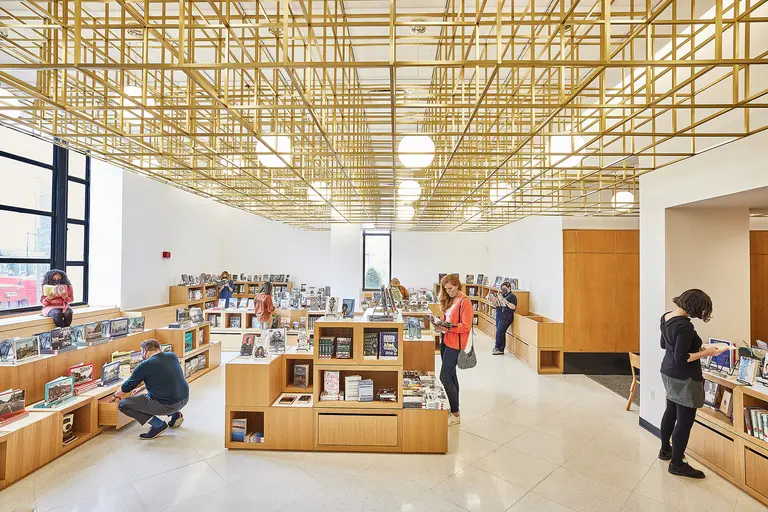

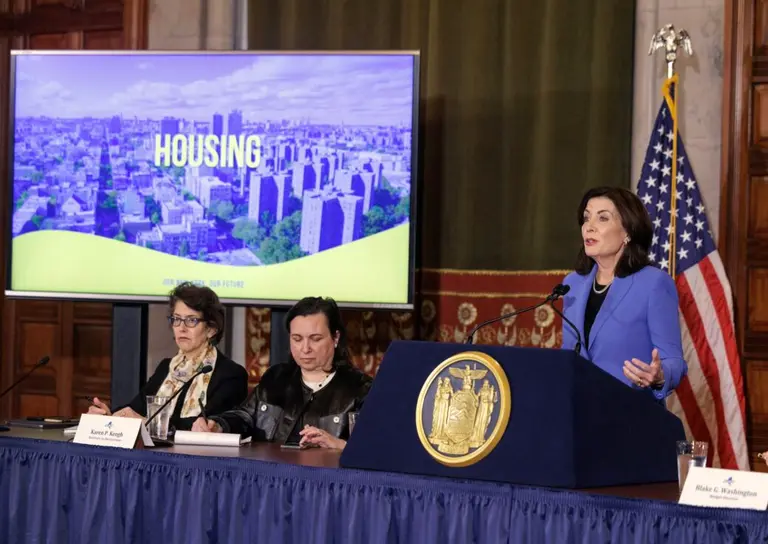
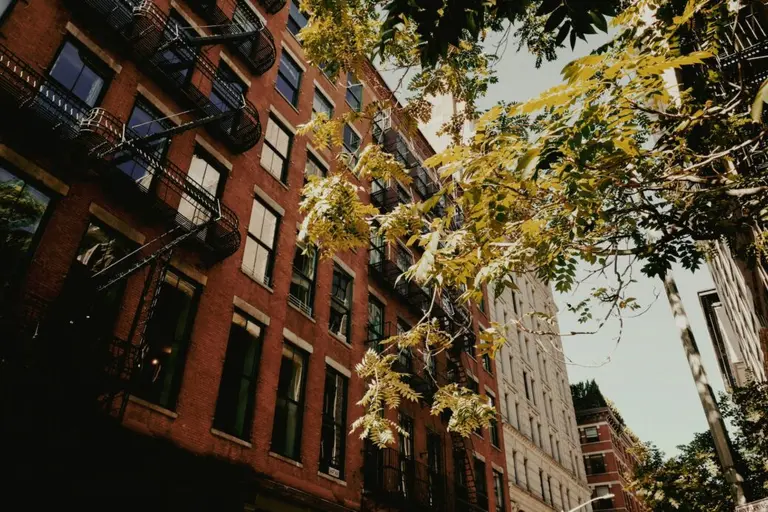













no problem, FEMA will bail NYC out again, just have another non-hurricane.